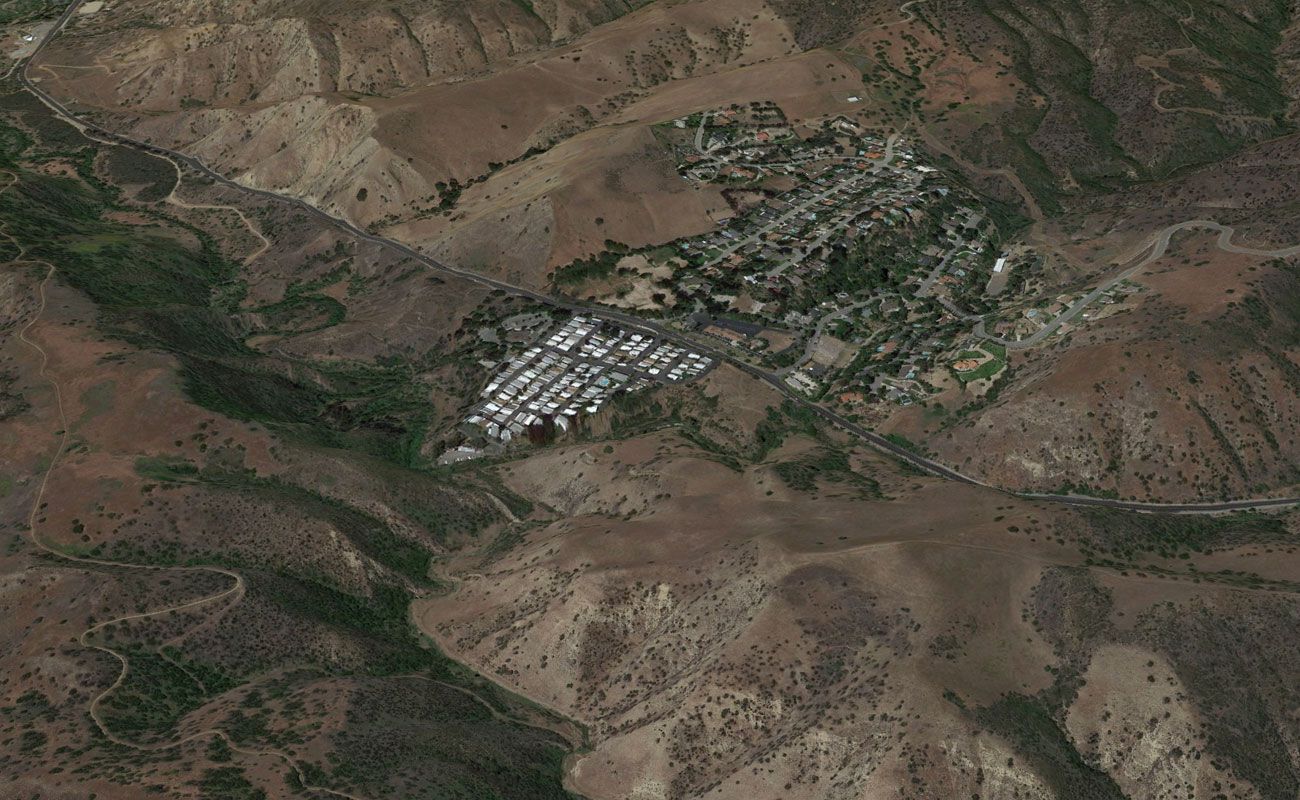
Soil is one of the most important natural resources on earth and the foundation in many construction projects like roads, buildings, and other infrastructure. Geotechnical soil sampling is a process used by engineers and soil consultants to assess soil properties.
Proper soil testing is essential before starting any major project. You can’t build something sound and sturdy on weak or unstable ground. The same goes for repairing or upgrading existing infrastructure; if the soil underneath is weak, the whole project is at risk of failure.
Soil is a complex material that can vary in composition from place to place. The properties of soil affect the performance of infrastructure projects. For example, the strength and stiffness of soil affect how much weight a road or bridge can support. To meet engineering specifications and ensure the safety of a project, it is necessary to test the soil at the site where the project will be constructed.
The results of soil testing are used to develop a soil profile. The soil profile is a graphical representation of the properties of the soil at a particular location. It can help design infrastructure projects and assess the potential for damage to existing infrastructure from natural disasters, such as earthquakes.
Geotechnical engineers use a variety of methods to investigate the properties of soil. One common method is called triaxial testing. In this test, a cylindrical soil sample is subjected to three independent stresses simultaneously. This test helps determine the soil’s strength, stiffness, and deformation characteristics.
Another common method for investigating soil is called penetration testing. Penetration tests are performed by driving a metal rod into the ground. The depth and resistance of the rod are used to measure the soil properties.
Soil consultants typically collect soil samples from the proposed construction site and an adjacent location. The soil at the proposed construction site is disturbed by the excavation process, so it is essential to compare the properties of undisturbed soil from an adjacent location.
Soil samples can be either disturbed or undisturbed. An undisturbed sample retains the structural integrity of the ground before excavation. Disturbed samples are usually collected after excavating a borehole into the proposed construction site. The structure of disturbed soil is altered during sample collection and transport, which affects how it performs in testing.
You should always try to collect undisturbed soil samples if possible because they provide a better indication of what will happen at the proposed construction site. You can use both sets of data together to determine soil properties at your site.
G3 Soil Works is a geotechnical engineering firm based in California, US, providing consulting services for construction projects. We specialize in residential, commercial, industrial, and multi-family building projects throughout Southern California. Our expert soil consultants have the experience and knowledge to help you with your soil testing needs.
We also offer various other services, including slope monitoring, settlement monitoring, soil reporting, crack monitoring, and field observations and testing.
Contact us today and maximize the productivity and profitability of your projects in Southern California by supporting them with our geotechnical and geological experience.
Follow, engage, learn. Stop by our blog to see what’s happening at G3SoilWorks.
G3SoilWorks – a full service geotechnical / engineering geologic consulting firm, is pleased to reach our third year. It has come with many interesting clients, assignments and obstacles.
G3SoilWorks
350 Fischer Avenue Costa Mesa, CA 92626
Tel. 714-707-3155
E. info@g3soilworks.com